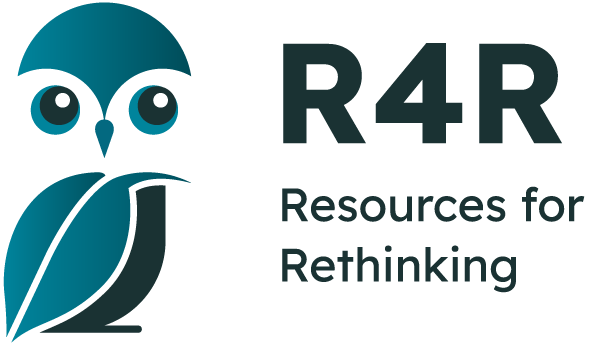- Home
- Tutorial
- Resource Guides
- Focus Areas
- LSF Programs
-
Professional
Development - Review Process
-
A project of LSF

Search for Resources
The Resources for Rethinking database was created in 2006 by Learning for a Sustainable Future to encourage teachers and students to explore sustainable development themes and concepts in their classrooms.
Today, the R4R database connects teachers to more than nineteen hundred classroom-ready resources that examine the environmental, social and economic aspects of important issues in our world today through action-oriented, interdisciplinary learning. Access to the database is free, and most resources can be immediately downloaded for free or purchased at a low cost.
To be included in the database, resources must meet stringent sustainability and pedagogical criteria recommended by research on teaching and learning. Current emphasis is being placed on identifying classroom materials that promote action projects through which students can effect positive change within their communities.
Each resource in the database has been reviewed by an experienced classroom teacher and matched specifically to relevant curriculum outcomes in all provinces and territories. This crucial feature allows teachers from across Canada to search for relevant classroom materials by province, grade, subject and theme and to address many of the topics and concepts they are currently responsible for teaching through a sustainable development lens.
The review tool used by our team of reviewers to identify and select resources is described below. Some principles are not relevant to resources for very young learners, for example, Multiple Dimensions of Problems and Solutions.
Review Tool Summary
Resource Types
What kind of resources are available?
Issues & Themes
What sustainability issues does the resource explore?
Curriculum Matches
How does the resource relate to curriculum objectives in each of the provinces and territories in Canada?
Sustainability Principles
How well does the resource promote the knowledge, skills, perspectives, and practices essential for building ecologically, socially, and economically sustainable communities?
Pedagogical Approaches
How well does the resource foster learning that is active, relevant, and interdisciplinary?
General Assessment
From a "big picture" perspective, what are the resource's strengths and weaknesses?


